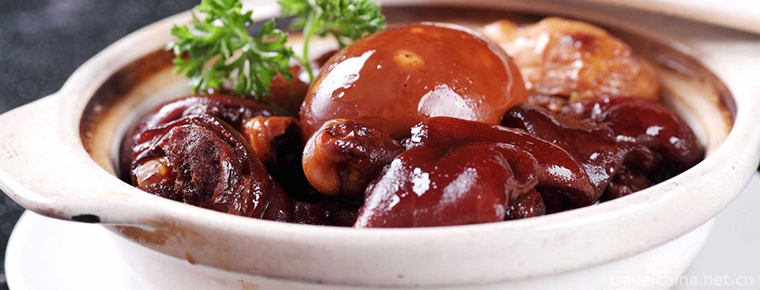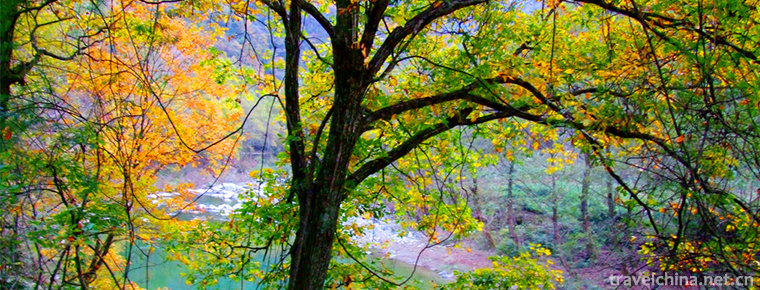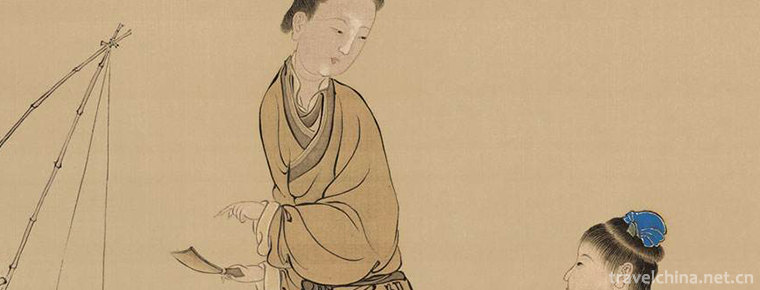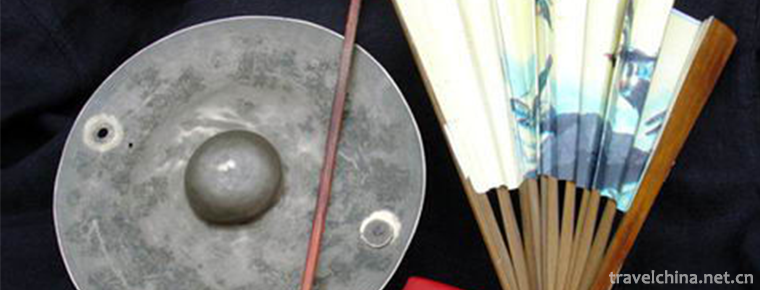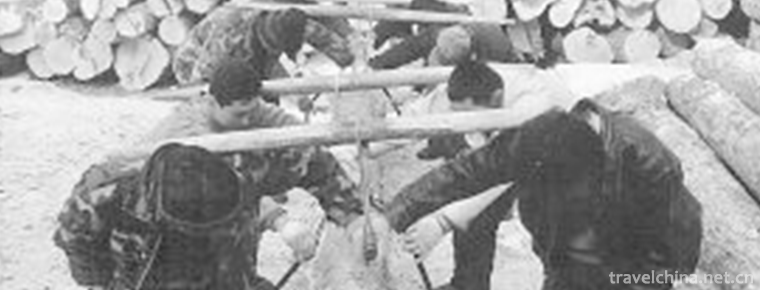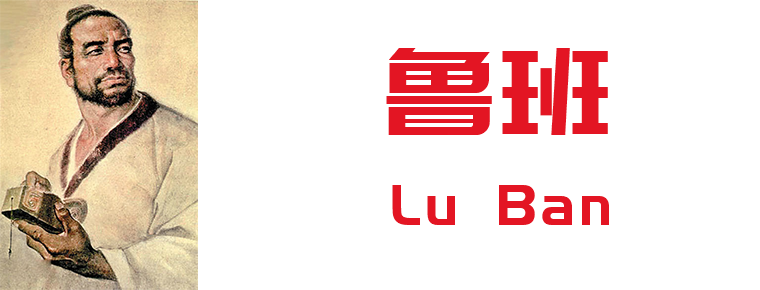Left power blossoms
Left power blossoms
Zuoquan's flowering tune is popular in the Taihang Mountains of Shanxi Province, one of the national intangible cultural heritage.
The style of Zuoquan folk songs began to take shape in Sui Dynasty. In 1930s, Zuoquan flowering tune was derived from Zuoquan folk songs. Zuo Quan's blooming tunes are exquisite in conception, novel in lyrics, and strong local color and appeal are highlighted by the lining sentences.
On May 20, 2006, Zuoquan County, Shanxi Province, declared that Zuoquan Flowering Regulation was approved by the State Council of the People's Republic of China and included in the first batch of national intangible cultural heritage list, non-legacy number II-1.
historical origin
According to Liaozhou Chronicle, Zhurong, the son of five ancient emperors, was sealed up in Liaoyang (Zuoquan County in ancient times). When people held sacrificial activities in Zhurong Temple, where ancestors worshiped Zhurong, they repeatedly chanted and prayed for their ancestors to give them light and happiness. After the county system was restored in the 10th year of Kaihuang in Sui Dynasty (590), the unique style of folk songs began to take shape, and the three forms of big tune, minor tune and miscellaneous songs were intertwined. In fact, the traces of Song Dynasty's "singing earnings" and Yuan Dynasty's "Santao" can still be found in the music board structure of Zuoquan's folk song "Daqiang". During the Ming and Qing Dynasties, folk songs have become an indispensable way of expressing people's feelings, such as Wujunshan Poetry Copy, Liaoyang Poetry Copy and so on. It is not difficult to find the historical marks in the embroidered purse, Wugeng and Banning Foreign Smoke, which are still popular today. During the Anti-Japanese War, the local people used folk songs to propagate the anti-Japanese war.
Zuoquan folk songs can be divided into three forms: major tune, miscellaneous tune and minor. Left-right flowering tune is a minor. Since the 1930s, a unique form of folk song art, blooming tune, has been derived from minor tunes. Zuo Quan's flowering tune belongs to the "folk song style". It is called flowering tune because of its exquisite and novel lyrics and its analogy with "flowering". Flowering tunes are mainly distributed in Zuoquan, Heshun, Wuxiang and Xiangyuan counties, among which Zuoquan is the best.
Cultural characteristics
form
Minor is the main part of Zuo Quan's folk songs. It belongs to the music of musical brand. It has two types: repetition of single songs and continuation of multiple songs. It is suitable for people to hum when they are engaged in more relaxed work. The tune is short and they can fill in and change the lyrics by themselves. There are more than 7 words in the lyrics. There are 10 words and 5 words between them. It can also narrate and express feelings. It has clear style, rich content and is easy. In circulation.
tone
Left-right blossom tone is concise, deep emotional people, the vast majority of them are composed of two phrases that correspond to each other. The melody is mainly composed of seven-tone scales, sometimes with big jump, which is used to express the ups and downs of emotions and emotions, greatly increasing the appeal of music.
Zuo Quan's flowering tunes are mostly love songs with concise tones, mostly consisting of two phrases that echo each other. The first phrase rises and the second phrase ends. The lyrics are mostly improvised when people work in the countryside. The first phrase borrows the metaphor of flowering, and the second phrase tells the story of love. The so-called "flower" can not only blossom, but also be used in daily life. Scissors, brooms and stones in products and articles can also blossom, such as "the door opens and blossoms, brothers come in outside the door", "the glass blossoms inside and outside, and sees my eggs'relatives far away", "yam eggs blossom and knot, and eat eggs to touch my heart and liver petals". Local dialects such as "Ah-Ah”
Connotation
From the content revealed by Zuoquan's flowering tune, we can see the real meaning of love songs. Flowers are beautiful and pleasant. Flowers blossom, which is a beautiful display, expresses the love of young women to young men. It is a pursuit of good love and longing for life and its continuity. It can be further found that in addition to the various metaphors of "flowering" full of fantasy and imagination, the dialectal linings in the flowering tone are cordial, natural, sincere, simple and pleasant. The most common line is "little relatives'eggs". A study of "little relatives' eggs" shows that "bad eggs" is the local language, meaning fruits on trees or in the fields. For example, "Yam Eggs Blossom and Bear Eggs" in "Acacia Bitter" refers to fruits. But more often, it is personified. The term "objection" refers to a lover, and the word "kiss" is added to become "objection". For example, "To wash clothes in the river with one's eggs and kneel on the rocks with both legs"; "The sparrow flies on the eaves, thinking that this one can't be seen by one's own". That is to say, since it blossoms, it is necessary to find the sweetheart's "intimate eggs", which is the fruit of love. It can also be said that the effect of using dialectal singing linings in flowering tunes can not be replaced by any substantive words, but also enhance artistic expression and appeal, and highlight the charm of love songs.
Representative Works
The representative songs of Zuo Quan's blooming tune include "Peach Blossom Red, Apricot Blossom White", "Slow down with Mind", "Meeting Brothers", "Gedan Parents", "Wanting Brothers", "Returning Home to Land" and so on.
Inheritance and Protection
Inheritance value
Zuoquan Blooming Tune is a traditional Chinese folk music form. In the basic field of music specialty and the field of professional creation, Zuoquan Blooming Tune can be said to be a representative Chinese folk song. It has its own unique style, its own vein, its melody is clear and beautiful, its style is euphemistic and gentle, and its artistic conception is novel.
Heritage figures
Liu Jianyu, female, Han nationality, born in 1939 in Zuoquan County, Shanxi Province. In May 2009, Liu Jianyu was selected as the representative successor of the third batch of national intangible cultural heritage projects and declared by Zuoquan County, Shanxi Province. Liu Jianyu has been learning folk songs and Zuoquan blooming operas with villagers since he was 67 years old, and later learned classical folk songs from Cheng Jinian and other local folk singers.
protective measures
Zuo Quan's folk song inheritance subjects include not only the original ecological folk song in the folk song village, but also the intangible cultural heritage inheritors approved by the state, including the "blooming tune" Art Troupe managed by the county government and cultural departments, the headquarters art troupe of the Eighth Route Army in Matian, as well as the Taihang Mountain Blind Art Publicity Team and the three pots of egg art. Class organizations such as the troupe and the Sitan Egg Art Troupe constitute the inheritance system of different levels from the individual people to the performing troupe and then to the county performing troupe. They play their respective roles in different performing environments. Zuoquan county government and cultural management departments attach special importance to the cultivation and excavation of folk song inheritors, carry out the activities of folk song entering campus, so as to protect folk song from dolls, and attach importance to the "Bacon" project of folk song protection. They teach students in accordance with their aptitude, and compile correspondence according to the acceptance ability and aesthetic needs of children of different ages. Music textbooks to strengthen the inheritance and education of original ecological folk songs. The transformation of local music resources into local music textbooks in local primary and secondary schools enlarges the spread scope of folk songs, greatly increases the audience of folk songs, and raises the possibility of continuing the spontaneous inheritance of folk songs.
On March 27, 2015, the Folk Music Institute named Liu Jianyu was established in Jinzhong Special Education School in Shanxi Province. Liu Hongquan hopes to find successor talents here.
social influence
Derivative works
In 2015, the large-scale Zuoquan Flower Opera and Dance Opera "Taihang Mammy" was performed in the theatre of Beijing Dance Academy. Mammy Taihang inherits the original artistic features of Zuo Quan's traditional "Xiaohua Opera" and "Blooming Tune" in scripts and lyrics.
International Communication
In October 2009, the Zuoquan Flower Tune Art Troupe went abroad for the first time to attend the International Art Festival in Istanbul, Turkey.
In 2016, Liu Hongqing, a left-right writer in Shanxi Province, translated into English by Zhou Qinru, a musician living in the United States, in the sixth volume of the English academic journal MUSIC IN CHINA (Music China), entitled "Qingedan Singing Kaihuadiao", introducing Chinese music to the world. Published as the first article. This shows that the study of Zuo Quan's flowering tune has entered the international music academic field of vision.

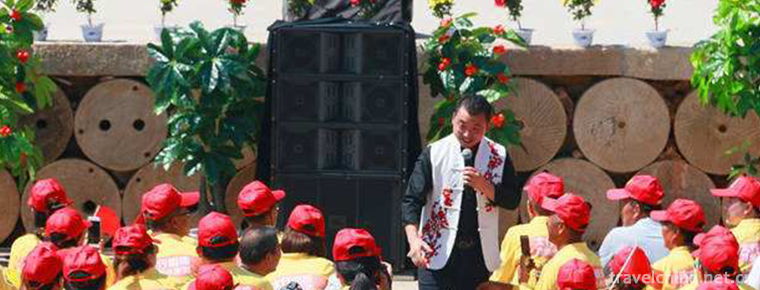
-
Jiang Cudan Canton style pig leg
Except for those with internal fever, dry stool and weak spleen and stomach function, breast enlargement products can be used as a warm-up tonic in winter..
Views: 234 Time 2018-11-02 -
Guifeng Scenic AreaShangrao City Jiangxi Province
Guifeng Scenic Spot is located in the southwest of Yiyang County, Jiangxi Province, beside 320 National Highway, 311 Highway and Zhejiang-Jiangxi Railway.
Views: 143 Time 2018-12-08 -
Helan Mountain Rock Painting
Helan Mountain Rock Painting is a national key cultural relics protection unit, the national AAAA level tourist attractions, the national research tourism demonstration base (2016 one of the first 20).
Views: 97 Time 2019-01-13 -
Yangba Subtropical Ecotourism Scenic Area
Yangba subtropical eco-tourism scenic spot is located in Yangba Town, south of Kangxian Town, Longnan City, Gansu Province, 84 kilometers away from the county town.
Views: 172 Time 2019-03-02 -
Legend of Mencius Mother and Godson
Legend of Meng Mu and Godson, Zoucheng local traditional folk literature, Shandong Province, one of the national intangible cultural heritage..
Views: 159 Time 2019-06-04 -
Pinghu cymbal book
Cymbals are a unique form of local traditional folk art in the Wu dialect area of Jiangnan. According to the Records of Songjiang County, it was formed in the Qing Dynasty (1821-1850). It is now mainl.
Views: 134 Time 2019-06-09 -
Woodbugle
Forest chant is a traditional folk song in Northeast China. It is a kind of song sung by woodcutters who are engaged in carrying wood in the forest. As the saying goes, "trumpet". At present.
Views: 89 Time 2019-06-12 -
Legend of Xishi
Xishi is the first of the four beautiful women in ancient China. The legend about Xishi was born at the end of Spring and Autumn Period, and has been enriched ever since. Xishi legend takes the war be.
Views: 159 Time 2019-07-01 -
Gong Shuban Lu Ban
Luban (507 BC - 444 BC), Lu people in the spring and Autumn period. Ji surname , a two-character surname Name, class, person. Public transport plate , Public like , Class lose It is also known as &quo.
Views: 183 Time 2019-09-07 -
Kangding yak meat
There are many wild medicines such as Fritillaria, Cordyceps and so on growing in these areas over 3500 meters. Yaks often eat these herbs, and their meat is incomparably delicious. After being killed, they can be roasted in brown sauce, stewed or dried in the cold.
Views: 200 Time 2020-12-06 -
Meishan City logo
Meishan City logo is composed of ancient Chinese tile pattern and Dongpo head portrait, which shows a feeling of ancient historical traces and reflects the ancient culture of Meishan. From the design to the font are used a simple style, using the combinatio.
Views: 321 Time 2020-12-18 -
Dazhou Education
In 2019, there are 1455 schools of all kinds in Dazhou. Among them, there are 283 primary schools, 397 ordinary middle schools, 2 ordinary colleges and universities, 33 secondary vocational education schools and 1 adult higher school. There are.
Views: 199 Time 2020-12-20
